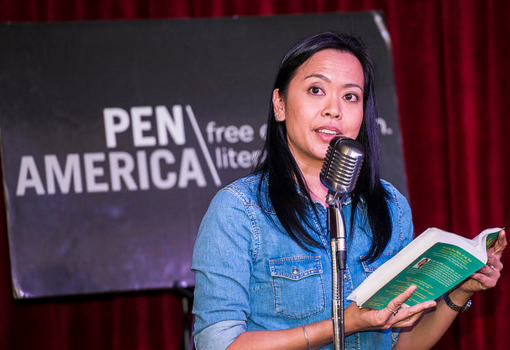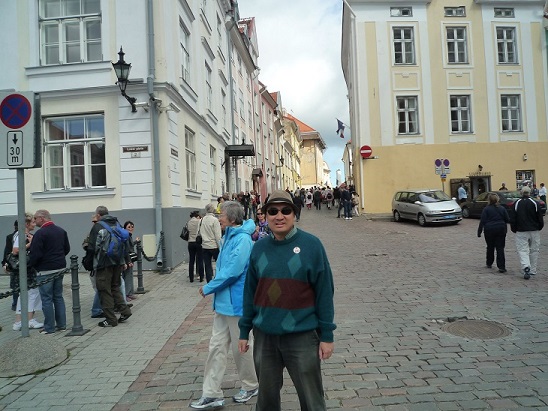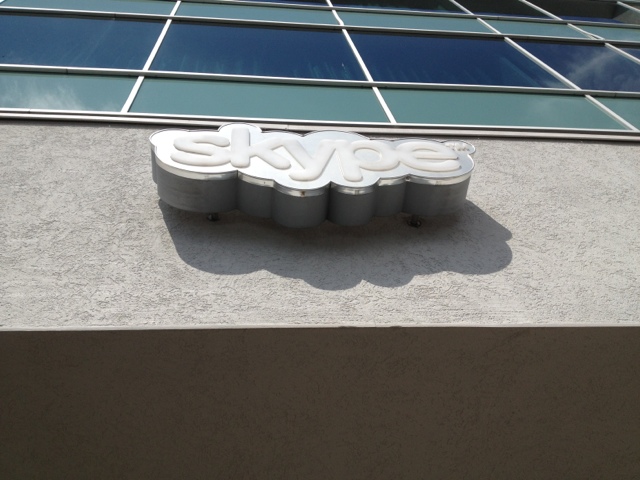Estonia, birthplace of Skype, keeps heritage despite modern technology
By Wendell Gaa
Are you a frequent user of the online communication tool Skype? If so, you may be interested to know that it was invented in Estonia, a former Soviet republic located along Northern Europe’s Baltic Sea.
Even seasoned international travelers may only scantily know all about Estonia. Happily for my parents and I, we’ve discovered how much of a precious gem this country truly is, and that politically and economically it is a nation that is coming of age and one with a distinct cultural identity. Our Scandinavian regional cruise recently brought us to Estonia’s capital Tallinn.
As we got off our ship, our tour group was met by our very friendly, knowledgeable and attractive guide Kristel. We hopped onto our tour buses, and soon learned some revelatory things about Tallinn, including the fact that it is the oldest capital city in all of Northern Europe and that it once went by the name of Reval from the 13th century until 1917, and again during the Nazi German invasion of Estonia from 1941 to 1944. Due to its growing reputation as an electronics and information technology hub in the Baltic Sea region, it has also been listed as one of the top 10 digital cities in the world. A 2005 edition of The New York Times has even characterized Estonia as “sort of Silicon Valley on the Baltic Sea.” No doubt the creation of Skype has done the country (and the world) much good!
I listened in keen curiosity to Kristel as she described her nation’s history and sporting heritage, and observed how her accent seemed to be a fascinating mixture of the Russian and Finnish language. A tall and statuesque woman, like many Estonians she bore a fascinating combination of Slavic and Nordic ethnic traces, and this is undeniably due to Estonia’s strategic location being sandwiched between the Scandinavian region and Russia.
Kristel led us to the Old Town, and were in for a pleasant surprise. I’ve always been intrigued with the history of the European Middle Ages, and I must say this is the first place anywhere in Europe where I’ve felt truly transported back to medieval times. It’s surely a huge relief for both the Estonians and world culture that although Tallinn was bombed repeatedly during the Second World War amidst brutal fighting between the Soviet and Nazi German armies, the Old Town remained relatively intact and miraculously retained its priceless medieval charm. I learned further from Kristel that resilience is something Estonians seem to be quite adept at, and that survival is something they have learned to evolve through all sorts of historic odds, from the horrific Black Death bubonic plague epidemic which struck Europe in the 14th century to 20th century Cold War-era Communist rule which finally ended in 1991 when the Soviet Union officially dissolved.
We got off our buses and began to walk up a hill called Toompea leading to the Old Town. As we got nearer, I saw that the streets were made of cobblestones, the way a typical pedestrian road would have appeared during the Middle Ages. I could envision people wearing medieval-era attire such as thick robes with large hoods, wandering about these same streets way back in the 14th to 15th century on foot or by horse carriages. Soon, the sight of the majestic Alexander Nevsky Cathedral stood before us.
Built between 1894 and 1900 when Estonia was part of the Russian Imperial Empire, the Alexander Nevsky Cathedral is the largest and grandest orthodox cathedral in Tallinn. Impressively designed in a typical Russian Revival artistic style, the cathedral is named after and dedicated to Saint Alexander Nevsky, a legendary figure who led military victories against German and Swedish invaders of the region. With its bright mosaics, this was by far the most attractive building I’ve seen anywhere in Tallinn yet, and as opulent as several other cathedrals I’ve seen anywhere in Europe. I was surprised to learn that in its early years of existence, many Estonians initially despised it as it symbolized imperial oppression, and it was actually scheduled for demolition by Estonian officials in 1924. Providentially this decision was never acted upon because of a lack of funding.
Like so many churches throughout Communist-era Russia, the Nevsky Cathedral was basically left to deteriorate due to the fact that the Soviet Union was officially an atheist state and public worship was discouraged and banned. Astoundingly after the Cold War ended and Estonia regained its independence by the early 1990s, the cathedral underwent a massive restoration and essentially recaptured its ornate medieval artistic beauty. We took our time taking photos in front of the Cathedral before walking inside to admire its grand interior.
We spent the rest of our day excursion touring Tallinn’s contemporary buildings such as its media telecommunications facilities, which are as current as one can expect by 21st century standards, along with the quaint town parks. The Estonians have set an example that economic development and productivity need not happen at the expense of abandoning a nation’s cultural heritage.















